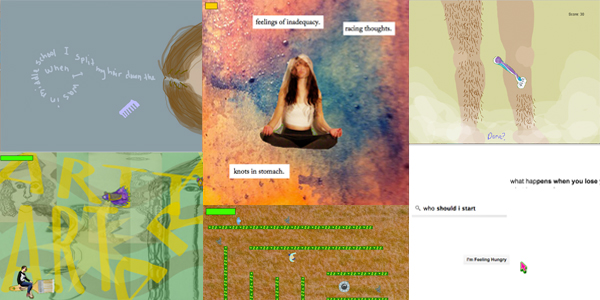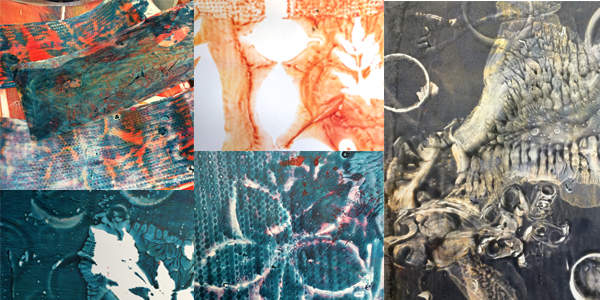Watershed Activism Through Art
Unit Overview
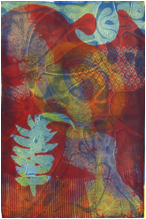
Artists use art making as a means of creating awareness of and solutions for environmental issues, like protecting the watershed. Students will investigate an issue affecting the health and safety of the Chesapeake Bay Watershed and create an art piece to communicate awareness and/or promote actions that can be taken by their fellow students to help these issues.
Big Idea:
Artists as ActivistsKey Concepts:
- Identifying issues
- Investigation
- Raising awareness
- Visual Communication
- Presentation of ideas
- How do artists use their art to create awareness of environmental issues?
- How do artists engage in research and visually communicate information about important issues?
- How can art potentially interact with environmental issues to suggest new (more sustainable) possibilities)?
Essential Questions:
Rationale:
The goal of this unit is to connect the student to the issues surrounding the conservation of the local watershed through eco-art activism. Through this unit students will be empowered to (recognize, improve, reconstruct) these major issues and to not only problem solve how to make these issues known to their community but also make suggestions to improve the health of their watershed. These skills are transferable to a large variety of social and political issues students will face in their lives.Target Student Group:
6th Grade Science Students, Binford Middle School
Specific Unit Objectives:
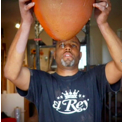
Lesson 1- Art and Environmental Activism
Artist- B. Stephen Carpenter, Dominique Mazeaud, Tyree Guyton
Objective: Students will discuss the work of environmental and social justice artists: B. Stephen Carpenter, Dominique Mazeaud, and Tyree Guyton. Walk through the process of creative activism. Students will consider how artists engage with research and visually represent it to communicate information about an issue.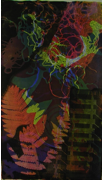
Lesson 2- Gelatin Printmaking
Artist- Tamar Entigen
Objective: Students will, considering their issue and research collected, use various manmade and natural materials to begin work on their informational art pieces. Students will engage with the process of gelatin printmaking and stamping with natural and man-made material to create interacting colors, textures and shapes that visually suggest something about their topic.Lesson 3- Creative Infographics
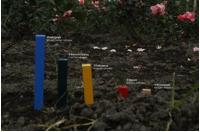
Artist- Jose Duarte- Low-Fi Infographics, Chris Jordan- Running the numbers.
Objective: Students now seeing their prints dry will figure out how to present their information, raising awareness of watershed issues. Students will explore how artists create visualizations of data and statistics and if/why visual portrayals of data mean more than raw numbers alone.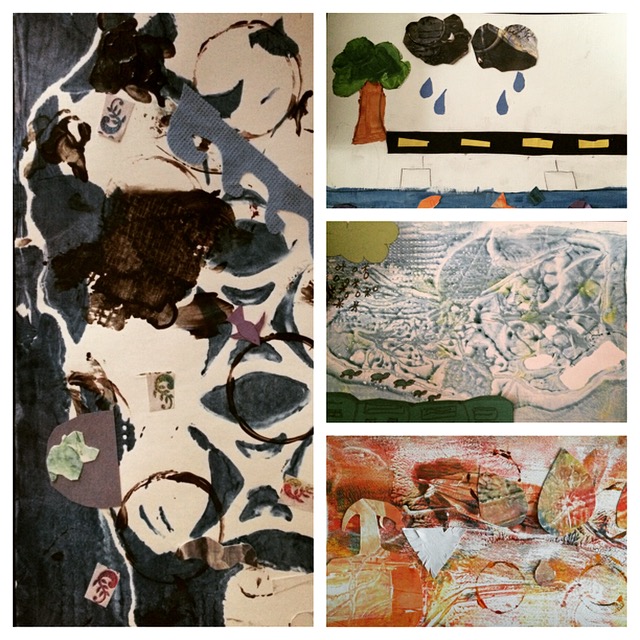
Lesson 4- Presentation & reflection
Objective: Students will put the finishing touches on their activist art pieces and present their project to the class. Students will record their reflections of the implementation process. On this day students will also decide on where within their school they will display their work.National Art Standards
Anchor Standard #4. Analyze, interpret, and select artistic work for presentation.
Anchor Standard #5. Develop and refine artistic work for presentation.
Anchor Standard #8. Interpret intent and meaning in artistic work.
Anchor Standard #10. Synthesize and relate knowledge and personal experiences to make art.
Anchor Standard #11. Relate artistic ideas and works with societal, cultural and historical context to deepen understanding.
Virginia Science SOLS
6.7: The student will investigate and understand the natural processes and human interactions that affect watershed systems. Key concept include:
f) major conservation, health, and safety issues associated with watersheds;
Visual Art SOLS
6.3 The student will communicate personal ideas, experiences, and narratives through the creation of works of art, using a variety of media.
6.5 The student will use elements of art and principles of design, including the following, to express meaning in works of art:
1. Color—relationships
3. Texture—visual, tactile
6.15 The student will describe ideas and emotions expressed in works of art.
6.16 The student will identify how visual language communicates personal meaning


